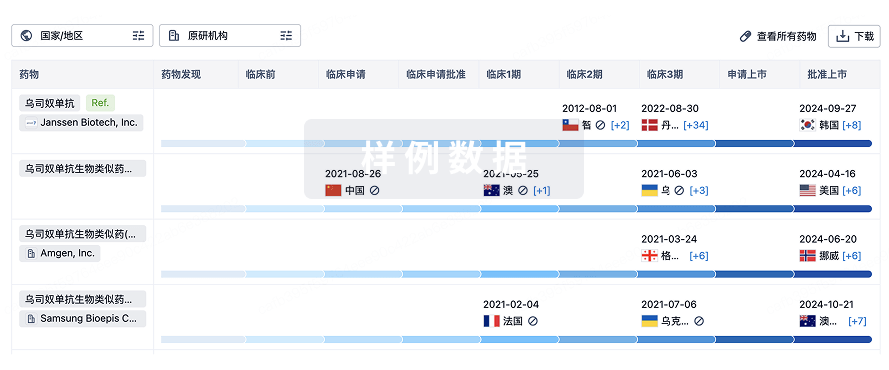Purpose:This study evaluates the therapeutic potential of MP-004, a novel FKBP12 ligand, in the treatment of inherited retinal dystrophies (IRDs). MP-004 targets the FKBP12/RyR interaction, which is disrupted in several neurologic disorders with underlying oxidative stress.
Methods:The toxicity and efficacy of MP-004 were examined in vitro in 661W cells. Efficacy was evaluated in phototoxic and H2O2-induced damage using impedance assays, calcium imaging, and in situ PLA. In vivo, MP-004 efficacy was evaluated in the rd10 mouse model of retinitis pigmentosa (RP) by topical ocular instillation. Retinal function was assessed by electroretinography (ERG), visual acuity was measured using a water maze test, and retinal structure was analyzed morphometrically.
Results:MP-004 exhibited low toxicity (LD50: 1.22 mM) and effectively protected 661W cells from phototoxicity (EC50: 30.6 nM). Under oxidative stress conditions, MP-004 preserved the FKBP12.6/RyR2 interaction, restored cytosolic and endoplasmic reticulum calcium levels, and prevented cell death. In vivo, MP-004 significantly preserved retinal function in rd10 mice, with ERG wave amplitude increases of up to 50% in scotopic and 71% in photopic conditions, corresponding to rod and cone functions, respectively. Additionally, MP-004 improved visual acuity for low spatial frequency patterns and preserved retinal structure, with a 23% increase in outer nuclear layer thickness and preservation in the number of rods and cones and their segment length.
Conclusions:MP-004 shows promise as a therapeutic agent for RP, preserving retinal structure and function, likely through modulation of the FKBP12.6/RyR2 interaction. Further studies are needed to explore its pharmacokinetics and efficacy in other IRD models.






